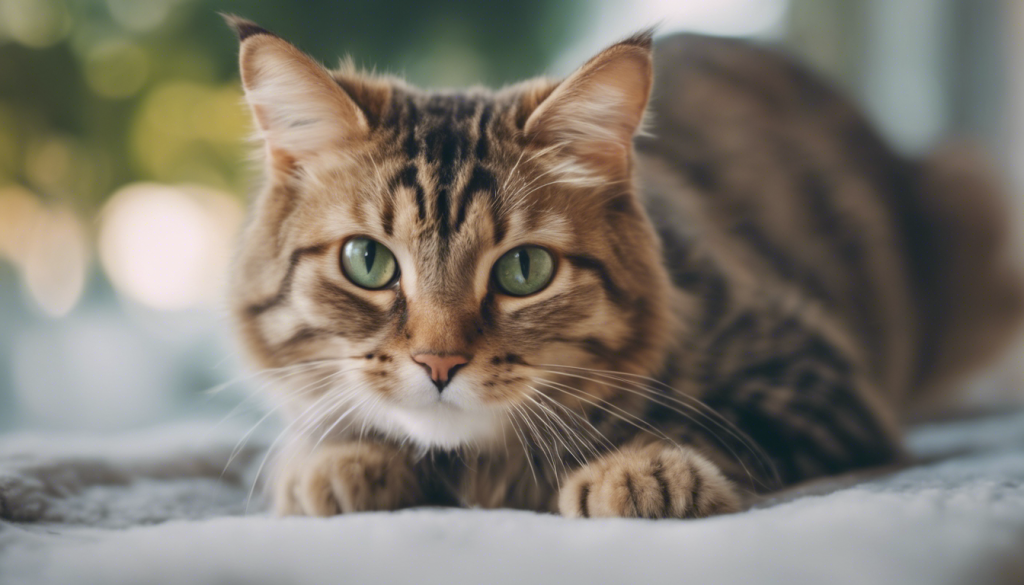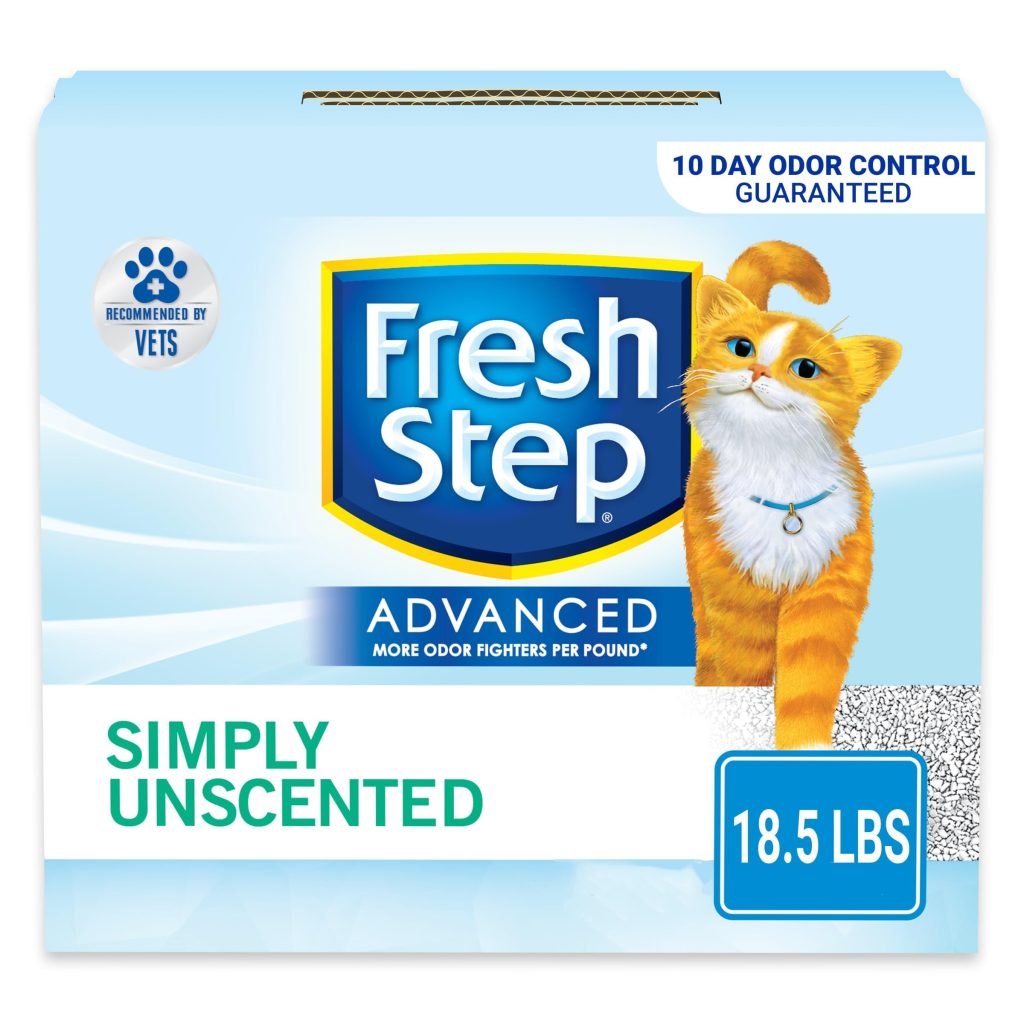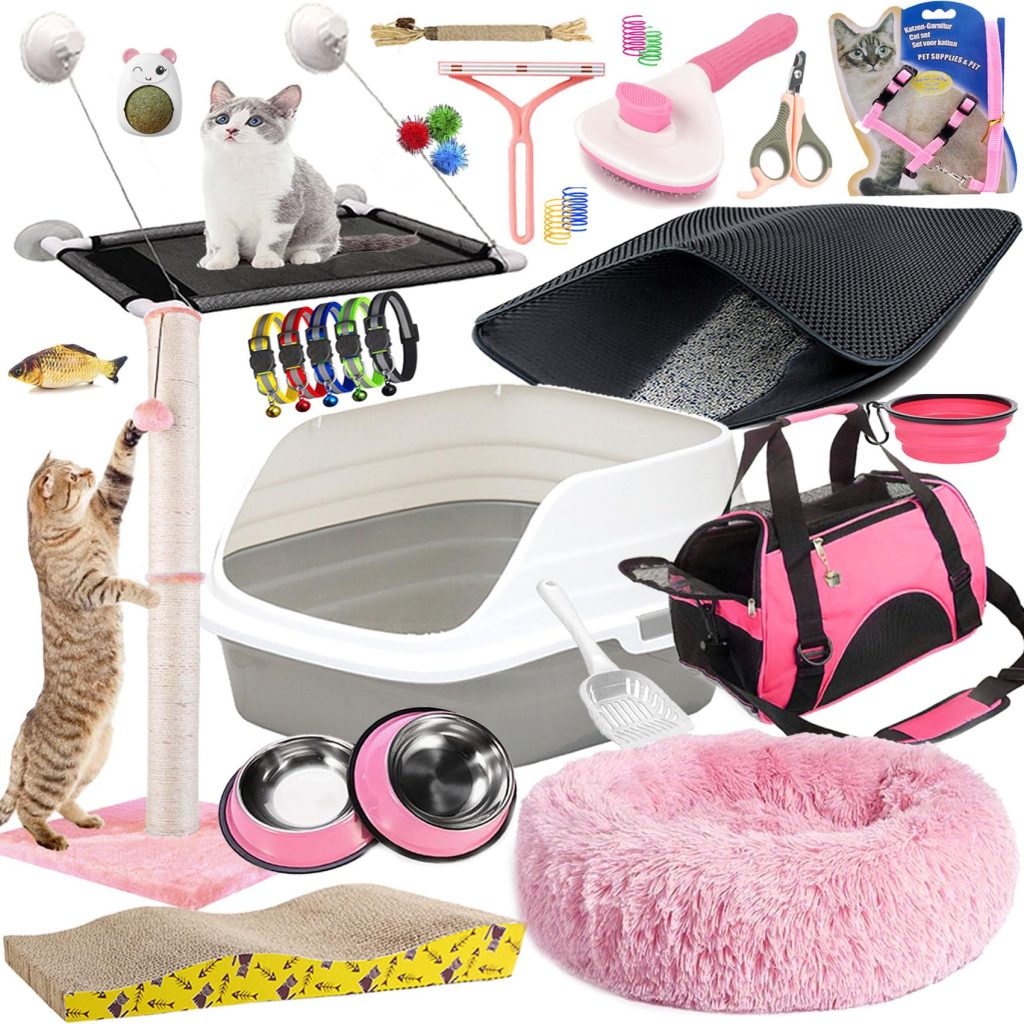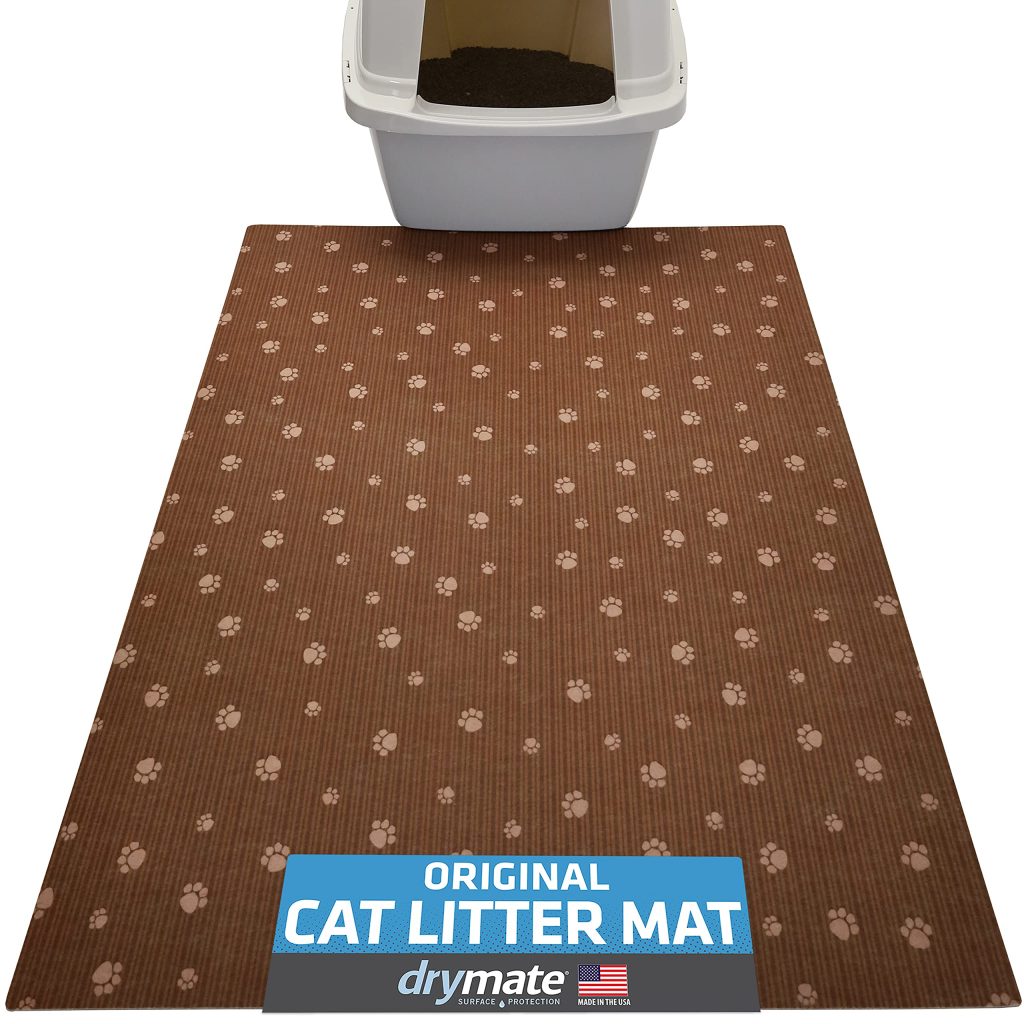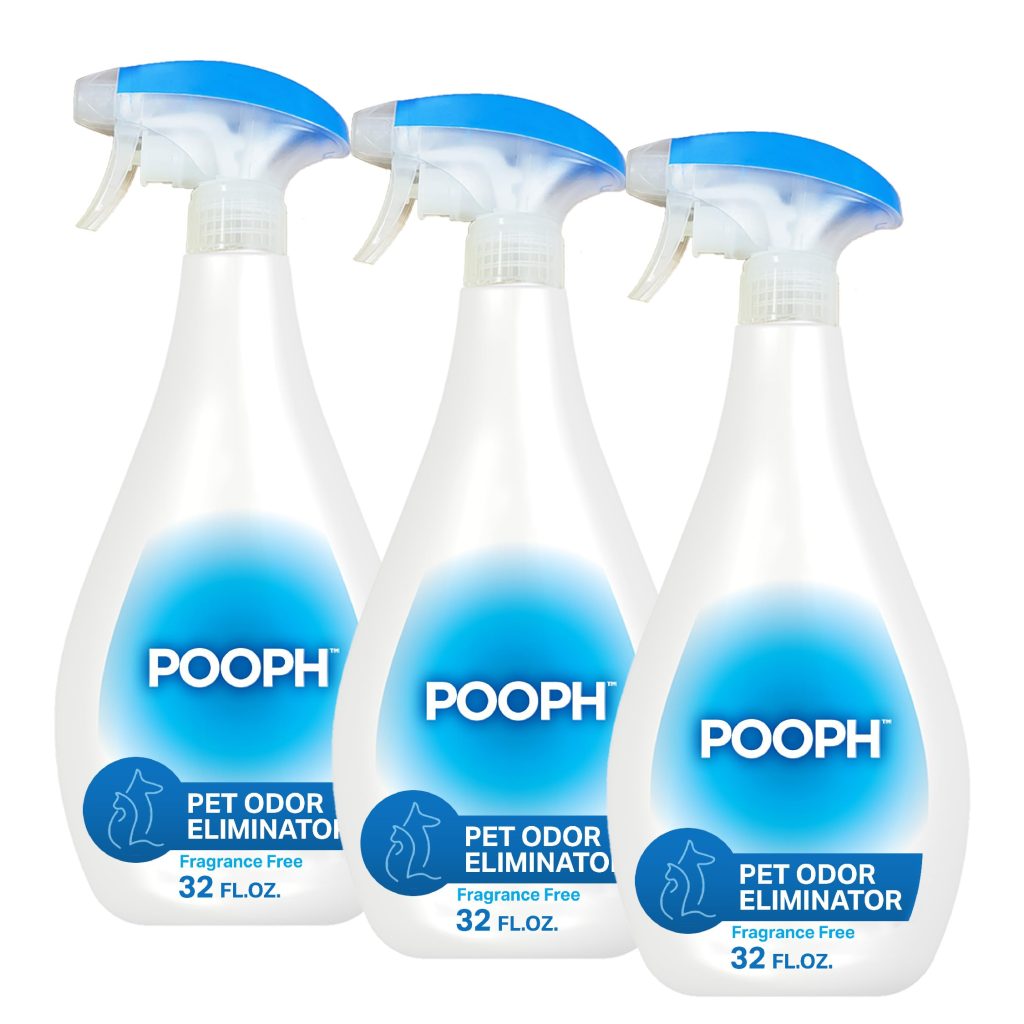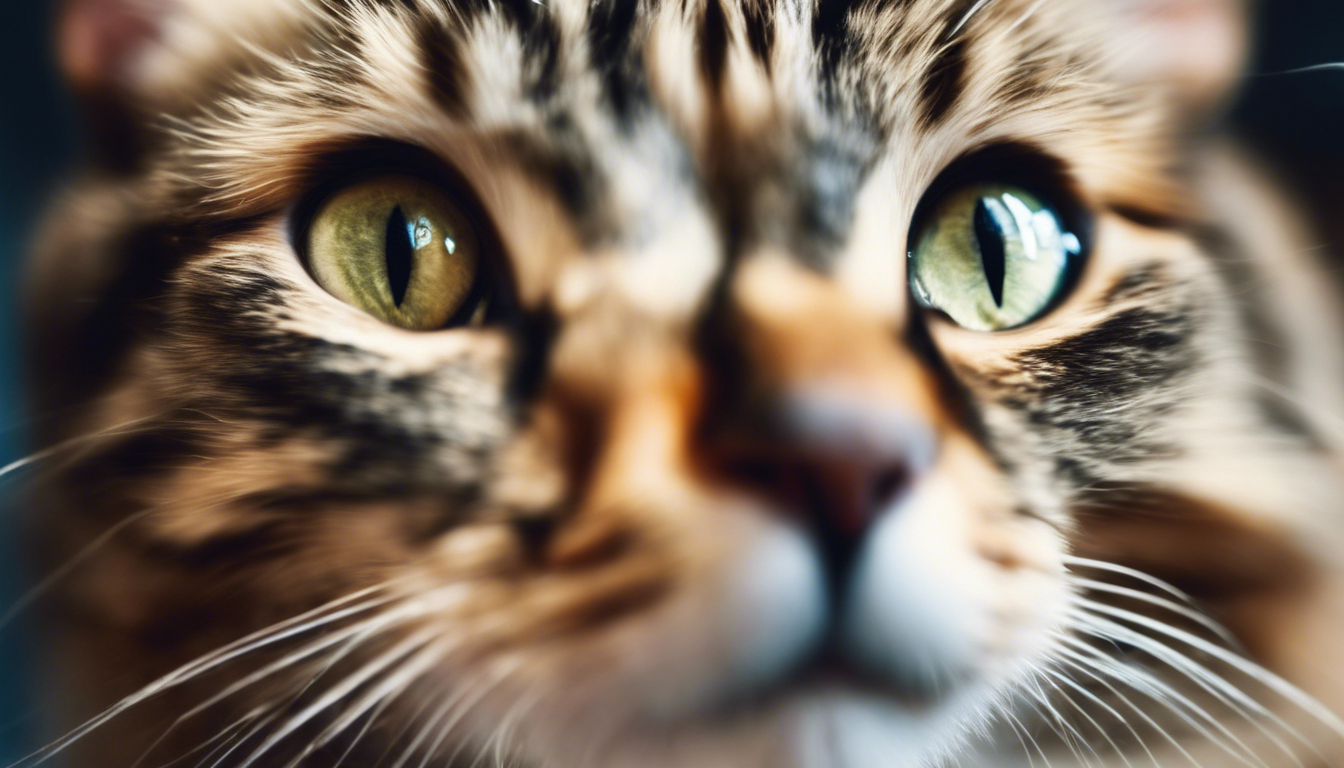
Understanding the Basics of Feline Fur and Skin
What if I told you that your kitty’s fur is more than just a pleasure to pet? Yes, that is right – the condition of your cat’s fur and skin can be a billboard for their overall health. Just like humans have unique skin care routines, our feline friends require their special attention when it comes to their coat and skin health.
Let’s dive in and understand what makes their fur and skin tick. Cats have this amazing protective layer, their fur, that’s designed not just for looking fabulous, but also for insulation and protection. Below this layer of glory lies the skin, and it’s basically the HQ for your cat’s coat production and overall health. It’s sensitive, and it can reveal a lot about your cat’s internal health. A shiny coat on the outside often means things are purring along nicely on the inside.
The magic happens thanks to tiny features called hair follicles – the little factories in your cat’s skin where hair is born. These follicles rely heavily on a well-maintained diet, and, believe it or not, your cat’s emotional well-being.
When talking about cat skin and fur health, don’t overlook the oil glands. These are like your cat’s personal skincare routine, producing oils that keep their fur slick, shiny, and ready for those Instagram shots. Oh, but when these glands get out of whack, it can lead to greasy fur or, on the flip side, dry, itchy skin. Balance is key, and you’ll want to watch out for any changes that could signal a problem.
Fun Fact: Did you know that cats have a seasonal wardrobe? They naturally change their coats as the seasons switch – growing thick, warm fur for winter’s chill and shedding it off for the summer’s heat. So, don’t panic if you’re finding more hair around the house at certain times of the year – it is just your cat’s way of adapting to the changing climate.
To keep this all-important coat radiant and healthy, every bit of your cat’s care routine plays a role – from the food you pour into their bowl to the love and scratches behind the ears. Understanding their fur and skin is the first step to ensuring your cat not only looks good but feels good from whiskers to tail!
Nutrition Essentials for a Glossy Coat
When it comes to ensuring your fuzzy friend has the shiniest of coats, you might be surprised to learn that the secret sauce is in their supper! Ah, nutrition – the cornerstone of coat excellence. Consider of it this way; what you put in your cat’s belly has the power to transform their fur from dull to dazzling.
Every strand of your cat’s luxurious fur is clamoring for the right nutrients to grow strong and lustrous. Proteins, in particular, are the heavy lifters in this operation. Cats are obligate carnivores, and high-quality animal proteins from meats like chicken, fish, or beef are essential to construct those gorgeous fur fibers. So if your cat’s coat is looking lackluster, checking in on their protein intake is a good place to start.
But protein alone isn’t enough for a best-in-show coat. Oh no, you’ll need an ensemble cast of fatty acids. Omega-3 and Omega-6 fatty acids are like the glossy finish on a freshly waxed car, only for your cat’s coat. They help sustain skin health and ensure the fur is soft, not brittle. Fish oils, flaxseeds, or even a specialized supplement can boost that gleam.
Let’s not forget about vitamins and minerals – they’re the unsung heroes of your cat’s coat journey. Vitamins A and E, zinc, and biotin are all critical players that contribute to the integrity and shine of the fur. Without them, you might find your kitty’s coat losing its luster and even its vitality.
Avoid those disheartening dull coats by being mindful of these nutrients:
- Ensure a high-quality protein source is at the top of the ingredient list in your cat’s food.
- Look for foods containing omega-3 and omega-6 or consider a supplement if needed.
- Confirm that your cat’s diet includes enough vitamin A, vitamin E, zinc, and biotin to maintain skin and coat health.
It’s important to remember, though, every cat is a world unto themselves. Dietary needs can vary widely based on age, health, and lifestyle. Always consult with your vet before making any significant changes to your furball’s diet – they’ll help tailor a meal plan that’ll make your cat’s coat the envy of the neighborhood.
But giving your cat the best isn’t just about what they eat. It’s also about what they don’t eat. Fillers, artificial additives, or low-quality ingredients can sabotage skin health faster than you can say “bad hair day.” Stick with the good stuff – it can mean the difference between a matted mess and a velvety veneer.
When your cat has the right balance of nutrients and their tummy is purring with satisfaction, you’ll see it in the way they strut their stuff. A gleaming, full-bodied coat is more than beauty; it’s a badge of health and happiness. So, pour a little love in their bowl, and watch that fur flourish!
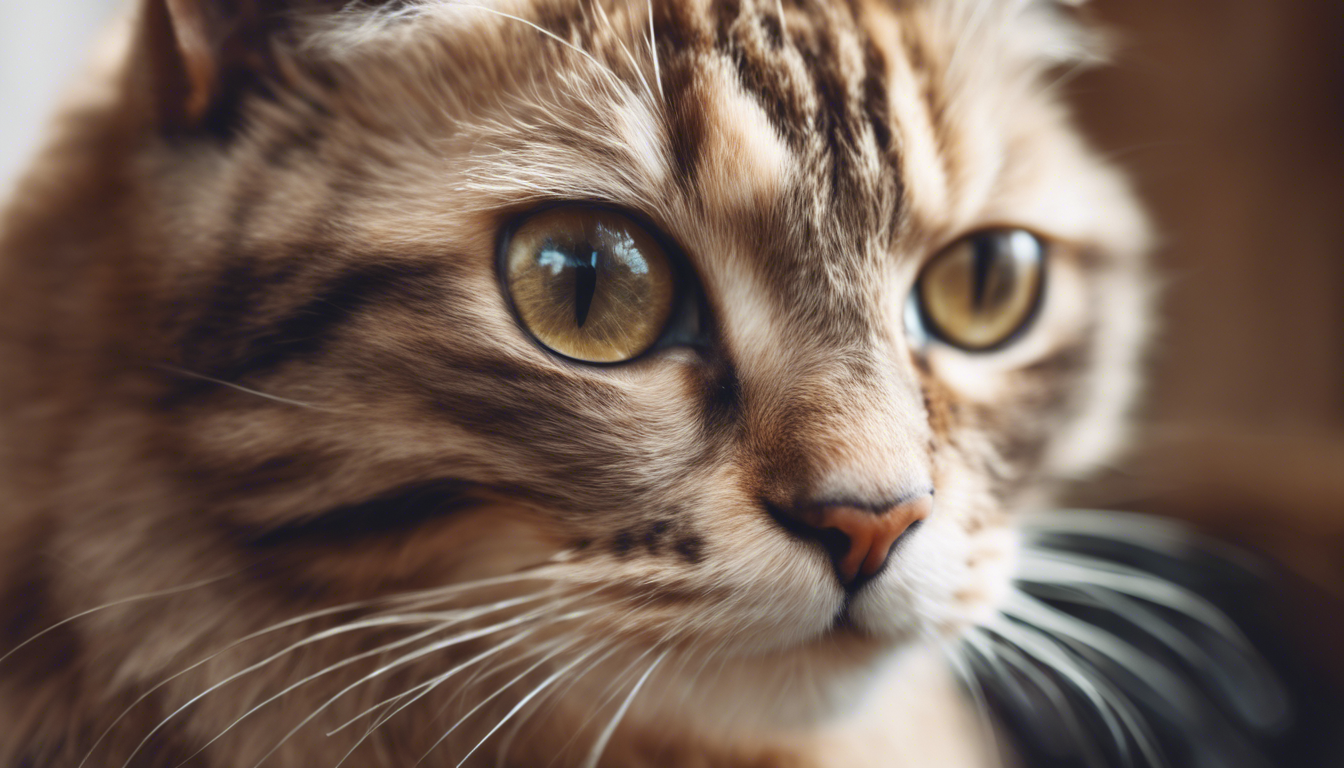
Grooming Techniques to Maintain Coat Health
Now that we’ve got the inside scoop on nutrition, let’s talk about fur-maintenance on the outside. You see, while cats are pretty self-sufficient with their grooming—they do spend about half of their waking hours primping themselves, after all—they could still use a paw from you to stay top-notch. So, grab your grooming kit, because we’re about to brush up on some techniques that will keep your cat’s coat looking like it is fresh from the salon!
First off, let’s tackle the basics: brushing. It’s not just about detangling; it’s a full-on spa treatment for your cat. Brushing not only removes loose fur and dirt but also spreads those natural oils evenly across the coat, which means more shine! Make a habit of brushing your cat a few times a week—more if they have long hair. And if you start while they’re young, they’ll grow to love it. But don’t worry, even older cats can learn to appreciate a good brush-through with a bit of patience and lots of treats.
Choose the right brush for the job. A slicker brush or a fine-toothed comb works wonders for long-haired breeds to prevent mats and tangles. And for the short-haired beauties, a rubber grooming mitt or a soft bristle brush will do the trick for that gleaming sheen.
Remember the hierarchy of brushing: Start from the head and work your way down to the tail. Be gentle around sensitive areas, and always brush in the direction of fur growth. This keeps things comfy for your kitty and prevents any hair-raising experiences. If you encounter a mat, don’t go all cowboy on it—gently tease it apart with your fingers before carefully brushing it out.
- Bathing doesn’t need to be a regular part of your cat’s grooming routine, but the occasional bath can help remove excess oils and dirt that a brush just can’t tackle. Just ensure the water is lukewarm and use a cat-specific, gentle shampoo. And, of course, prepare for the possibility of some splashy protests.
- Nail trimming is another unsung hero of coat care. Keeping those claws in check means your cat is less likely to snag their fur (or your favorite sofa). Plus, it’s good for their health!
- Remember the ears – while you are on beauty duty, a quick check and clean of the ears will ensure no dirt leads to scratching and potential skin issues.
Regular grooming sessions are more than just about looks; they’re bonding experiences. They say a cat’s purr can calm nerves, so imagine the bliss of a quiet grooming session. It’s a stress-reliever for both parties and a special time to strengthen your connection.
Also, these grooming meetups are prime time for a quick health check. While you’re up close and personal, keep a lookout for any lumps, bumps, or signs of skin irritation. Catching these early can nip potential health issues in the bud.
So, here’s the rub: A shiny coat isn’t just a stroke of good fortune; it is the result of good care, both inside and out. With the right nutrition and grooming game, your whiskered companion will not only turn heads but will be on the fast track to a happy and healthy life. Now get out there and make every day a good fur day!
Recognizing and Treating Common Skin Conditions
It’s like being a detective in your own home – keeping your eyes peeled for sneaky skin conditions that might be troubling your furry detective’s sidekick. These pesky problems come in various disguises, from flaky dandruff to full-on Sherlock Holmes-worthy mysteries like hair loss or skin infections.
Scratching more than usual? It could be fleas looking for a fur-coat residence – and those little buggers are more than happy to set up a homely itch-fest. Quick action with flea treatments can send them packing, so your kitty can get back to lounging without the scratchy interruptions.
Then there are those moments when you feel something’s not quite right. A bald patch here or an angry red spot there can be telling signs of allergies or infections. Sometimes, a switch in diet or a new laundry detergent can turn your cat’s skin into an itchy battlefield. Other times, it may signal something more serious that requires a vet’s keen eye and treatment plan.
For those mysterious lumps and bumps, which could be anything from harmless skin tags to something more concerning, keep calm and consult the vet. They’ve got the gadgets to get to the bottom of the case. They can determine if it is a simple cyst, an infection, or a sign of something that needs further investigation.
- Look out for excessive licking, biting, or hair loss. These could be signs of discomfort or distress, and prompt investigation will help identify the cause faster.
- Regular check-ins with your vet are worth their weight in catnip – they catch the early signs of skin conditions that might not be obvious to the untrained eye.
- vaccinations and regular parasite control can nip many skin issues in the bud before they bloom into full-blown problems.
It’s all about being proactive. Instead of waiting for signs to show, make skin inspections a part of your petting routine. You’ll get to enjoy the velvet feel of their coat while playing pet detective, and your cat will feel uber-loved with all the extra attention.
When it comes to treatment, always remember that Google does not have a veterinary degree. The only cat-whisperers who can give you the real scoop on treatment are the professionals. From antihistamines for that allergy to antibiotics for an infection, or even medicated shampoos for those troubling skin guests, your vet will set you and your cat on the right path to recovery.
So keep your feline feelers attuned to the state of your cat’s coat and skin. With a watchful eye, quick paws to prevent pests, and regular chats with the doc, you’ll keep your cat’s coat as lustrous as detective’s trench coat on a foggy night – and just as mysterious and intriguing to all their adoring fans.
